Wishing everyone happy holidays and a joyful New Year from the Healthify team. Don't forget to Slip, Slop, Slap and Wrap!
COVID-19 positive: Breathing positions and managing breathlessness
Positions to make your breathing easier
Key points about COVID-19 breathing positions and managing breathlessness
- COVID-19 often causes problems with breathing and it has been found that lying in different positions can help.
- Changing position regularly can also make it easier to breathe.
- On this page, learn how to change your body position.
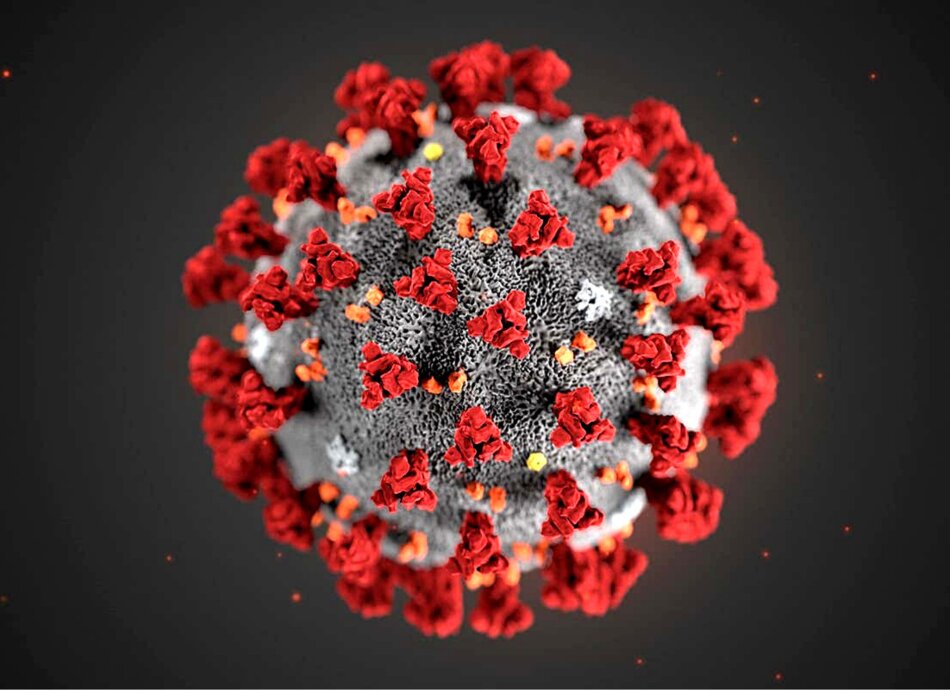
This video may take a few moments to load.
(Healthify He Puna Waiora, NZ, in partnership with Northland DHB & Ministry of Health, 2022)
COVID-19 can often cause trouble with breathing, you might feel breathless or you might not be aware of this. Lying on your back can make it harder to breathe. Changing your position regularly (every 30 minutes to 2 hours) helps to move the air through all of your lungs. Try lying on your tummy, both sides, and sitting upright.
Change position every 30 minutes to 2 hours, rotating as below.
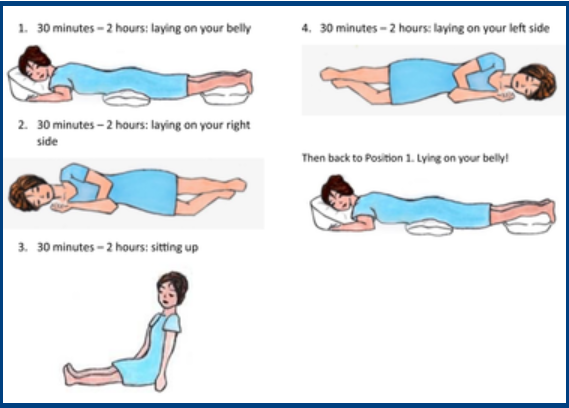
Image credit: Society for Academic Emergency Medicine
If you are feeling breathless, like you can't get enough air into your lungs, try the following positions to see if they help to slow your breathing and make it easier. Supporting your arms on your legs, on another surface or against a wall helps you to use different muscles that make your breathing easier. This is useful while you have COVID-19, while you are recovering from it or if you have any other breathing problems.
Positions to help with breathlessness
Forward lean while sitting
Sit at a table, lean forward from the waist with your head and neck resting on the pillow and your arms resting on the table. You can also try this without the pillows and rest your head on your hands.

Image credit: Healthify He Puna Waiora
Forward lean while sitting (no table in front)
Sit on a chair, lean forward to rest your arms on your lap or the armrests of the chair.
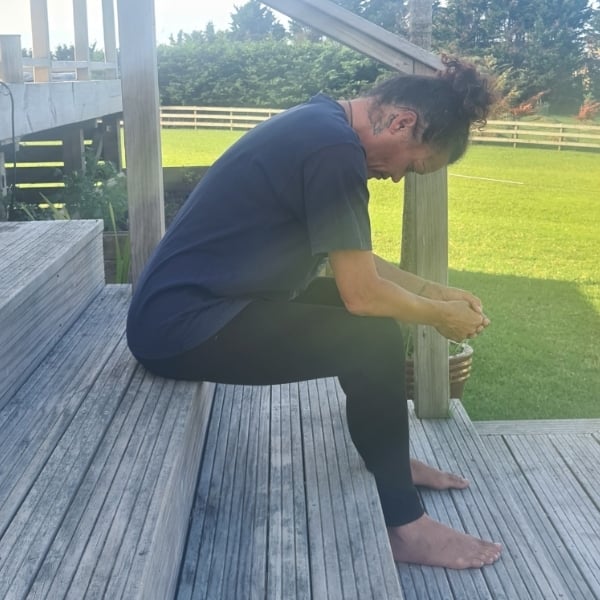
Image credit: Healthify He Puna Waiora
Forward lean while standing
While standing, lean forward onto a window sill or another solid surface.

Image credit: Healthify He Puna Waiora
Standing with back support
Lean with your back against a wall and your hands by your side. Have your feet about 30 cm away from the wall and slightly apart.
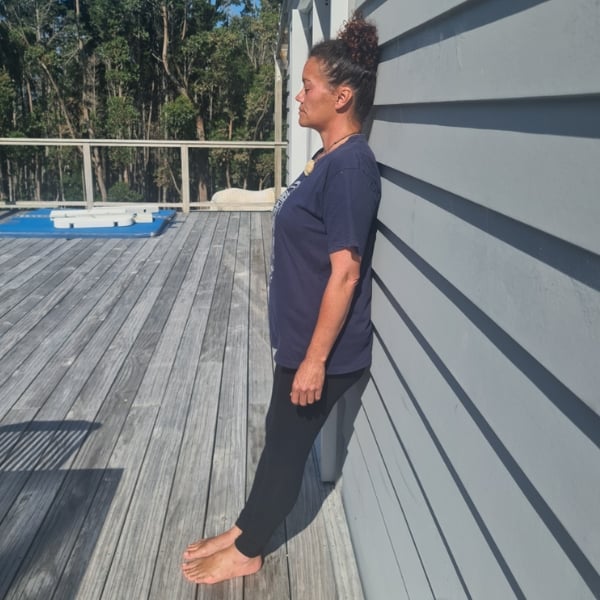
Image credit: Healthify He Puna Waiora
(Wendy White – Respiratory Education to Support Professionals through E-learning)
Video: How to assess your breathing rate
(Healthify He Puna Waiora, NZ, in partnership with Northland DHB & Ministry of Health, 2022)
Controlled breathing
This technique will help you to relax and control your breathing.
- Sit in a comfortable and supported position.
- Put one hand on your chest and the other on your stomach.
- Only if it helps you to relax, close your eyes (otherwise leave them open) and focus on your breathing.
- Slowly breathe in through your nose (or mouth if you’re unable to do this) and then out through your mouth.
- As you breathe, you’ll feel the hand on your stomach rise more than the hand on your chest.
- Try to use as little effort as possible and make your breaths slow, relaxed and smooth
Paced breathing
This is useful to practise when carrying out activities that might take more effort or make you breathless, like climbing the stairs or walking up a hill. It’s important not to rush, and you can take rests.
- Think about breaking the activity down into smaller parts to make it easier to carry out without getting so tired or breathless at the end.
- Breathe in before you make the effort of the activity, such as before you climb up a step.
- Breathe out while making the effort, such as climbing up a step.
- You may find it helpful to breathe in through your nose and out through your mouth.
Pursed lip breathing
Pursed lip breathing can be done in any position, whenever you need it.
- Take a deep breath in through your nose for about 2 seconds.
- Purse your lips, like you are going to whistle .
- Breathe slowly out through your mouth for 4 seconds if you can.
Pillows – as you rest in different positions, use pillows to help relieve pressure on sensitive areas and to make you more comfortable. You can place pillows under your head and neck, stomach (tummy) and lower leg and feet.
After eating – it is best to wait at least 60 minutes after eating before you lie on your front (tummy). Instead, it's better to sit up in a chair or prop yourself up with pillows behind your back, to give your stomach a chance to digest the food.
Pressure areas – tell your healthcare team about any discomfort on your skin in areas where you are feeling added pressure. You may be at risk of pressure injuries.
Apps reviewed by Healthify
You may find it useful to look at some Breathing apps.
Apps
Resources
Support for rehabilitation – self-management for COVID-19-related illness(external link) Auckland DHB, Waitematā DHB, and Counties Manukau Health, NZ, 2021
COVID-19 positive – how to use a pulse oximeter [PDF, 276 KB] Healthify He Puna Waiora, NZ, 2021
COVID-19 positive – symptoms and when to get help [PDF, 151 KB] Healthify He Puna Waiora, NZ, 2021
COVID-19 positive – how to manage your symptoms [PDF, 135 KB] Healthify He Puna Waiora, NZ, 2021
References
- Bentley SK, Iavicoli L, Cherkas D, et al. Guidance and patient instructions for proning and repositioning of awake, non-intubated COVID-19 patients(external link) Acad Emerg Med 2020;27(8):787-791.
- Patient information “self-prone positioning”(external link) Memorial Hospital, US
- Patient information sheet for conscious proning(external link) NHS, UK, 2020
Brochures
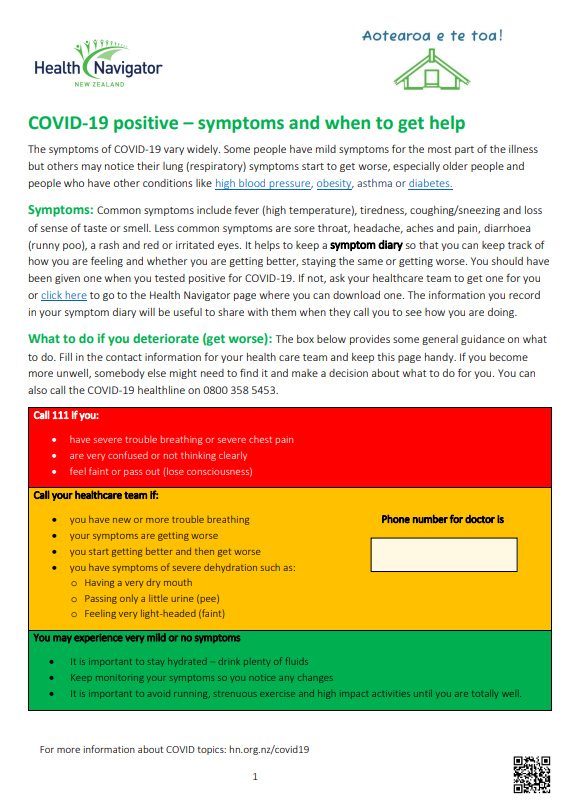
Healthify He Puna Waiora, NZ, 2021
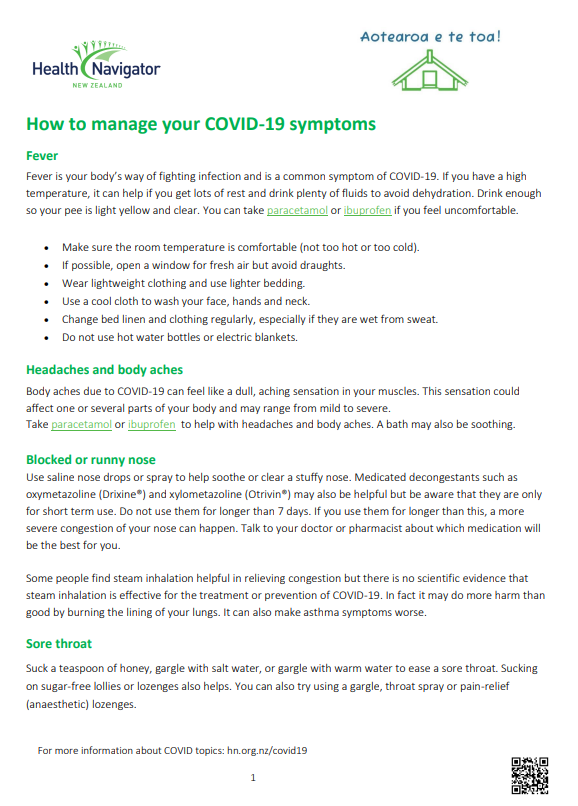
Healthify He Puna Waiora, NZ, 2021
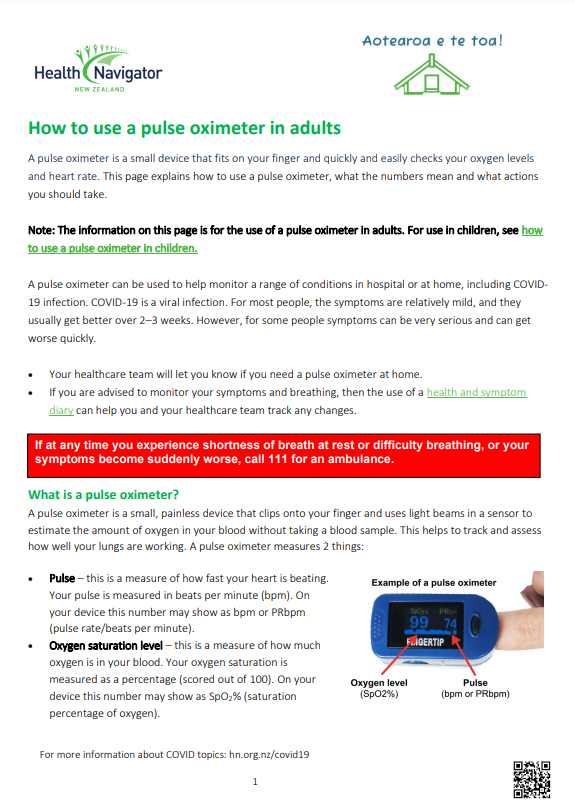
Healthify He Puna Waiora, NZ, 2021
Credits: Healthify editorial team. Healthify is brought to you by Health Navigator Charitable Trust.
Reviewed by: Victoria Lai, Senior Physiotherapist Waitematā District Health Board, Committee member Cardiorespiratory special interest group Physiotherapy New Zealand
Last reviewed:
Page last updated:





